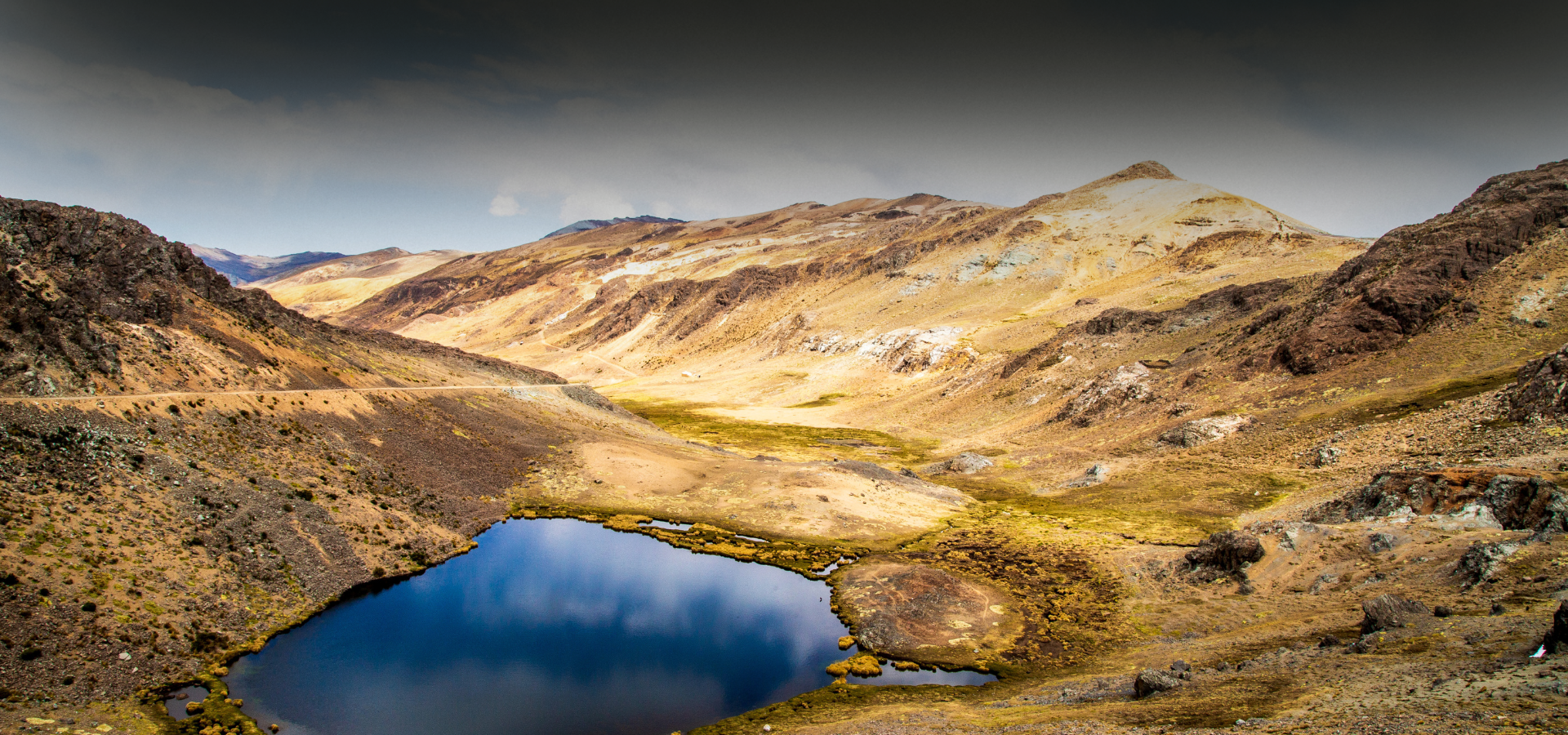How Technology is Shaping the Mining Industry
Technology is vital in our lives, from everyday communication and interconnectivity to transportation and healthcare. It’s also been playing an increasingly significant role in the mining sector. Demand for precious metals has risen over the last decade, inevitably increasing their value. Metals like gold and silver have remained a sought-after commodity, garnering demand from several industries. The tech and mining industry have a reciprocal relationship, as precious metals plan a significant role in the industry’s development and success in technological innovation. The need to establish a low-carbon, sustainable economy is now more critical than ever as the countries across the world struggle to deal with the repercussions of climate change while also recovering from a pandemic. Over the past five years, the mining industry has made strides in technological innovation spanning from robotics, the internet of things (IoT), artificial intelligence (AI), and drones to AR devices. These technological advances create more efficient mining processes and are crucial to innovating ways to improve miners’ safety conditions and reduce the environmental impact that comes with mining.
By its very nature, the mining industry comes with various hazards. A few factors that pose potential safety risks include working in confined spaces, inadequate lighting, and the accumulation of dangerous waste, falling debris, and noxious gases. Metal, nonmetal, toxic substance dust, radioactive materials, poor air ventilation, usage of explosives, and heavy operating machinery can also be dangerous.

However, artificial intelligence, machine learning, and autonomous technology can minimize personnel exposure to risky subsurface and surface operations. Machines can monitor the atmosphere independently, send signs and warnings, locate trouble spots, and constantly operate, even in hazardous conditions.
Here’s a breakdown of some of the mining tech and innovations we use at our sites.
Spatial data
Designed to visually illustrate the significance of location data, spatial or geospatial studies are becoming more accessible. It can paint a clear picture. Three-dimensional (3D) modelling makes it easier for us to comprehend and relate to complicated, interrelated topics. In addition, by more effectively envisioning the mine, 3D modelling is making operations more efficient.
Virtual Reality also plays an evolving role in the mining sector. Miners can generate virtual, 3D environments to improve overall mine design. When developing a new mine or operating in an existing one, miners can get a better sense of potential outcomes by using real-world data and conducting tests in VR settings.
Lastly, augmented Reality (AR) — is a computer visualization that can be superimposed on a physical environment. AR achieves this by adding computer-generated inputs, including sound, video, apps, and images, to the user’s visual field. Miners use virtual simulators for training exercises which can lower the cost of equipment maintenance for the sector.
Spatial data such as lithological and structural criteria is becoming increasingly valuable in the mining industry, especially in the exploration phase. Spatial data offers an understanding of the geological environment as well as the controls of silver mineralization.
Geographic information systems (GIS)
GIS is a valuable mapping tool that allows mining companies to look closer at geographic patterns at mining sites. Miners can resolve real-world problems with precise location and accessibility by using GIS. To gain insight into mineral exploration, geochemical and hydrology data reporting, generation facility and tailings management, you can use this software to train mine managers and employees to read geographic charts and data to make more informed decisions.
Automated drones
Over the last decade, using automated drones/UAVs is becoming increasingly popular to explore mining sites. Because mining companies can operate drones from remote locations, they are more cost-effective than helicopters and perform operational tasks and assess safety conditions in hazardous areas. Likewise, drones are used for asset management, infrastructure upkeep and inspection, site mapping, asset management and time-lapse photography.
Artificial intelligence (AI)
Used by insight-driven mining companies, smart data and machine learning are employed to enhance production workflow, mining safety, and operational effectiveness. Daily data generation using artificial intelligence technologies creates more efficient processes with greater accuracy. As the industry has evolved, so too has the technology. Self-driving trucks are one of those tools. It can easily guide through tight tunnels to gather data and information. Drilling systems are also now used by a single operator that can control several drill rigs. It’s another step in the right direction for efficiency, safety, and sustainability, knowing that the land will be protected, as will the staff.
Bottom Line
Mining technologies will continue to grow as demand for precious metals rises. With the need for electric vehicles and other sustainable technologies, silver and other precious metals like it will be of the utmost importance. We are on the cusp of automated mining technologies that promote enhanced safety, increased output and decreased costs. The future is bright!
Sources:
https://o3mining.com/articles/artificial-intelligence-in-mining/
https://o3mining.com/articles/7-technology-trends-that-are-shaping-the-mining-industry/
